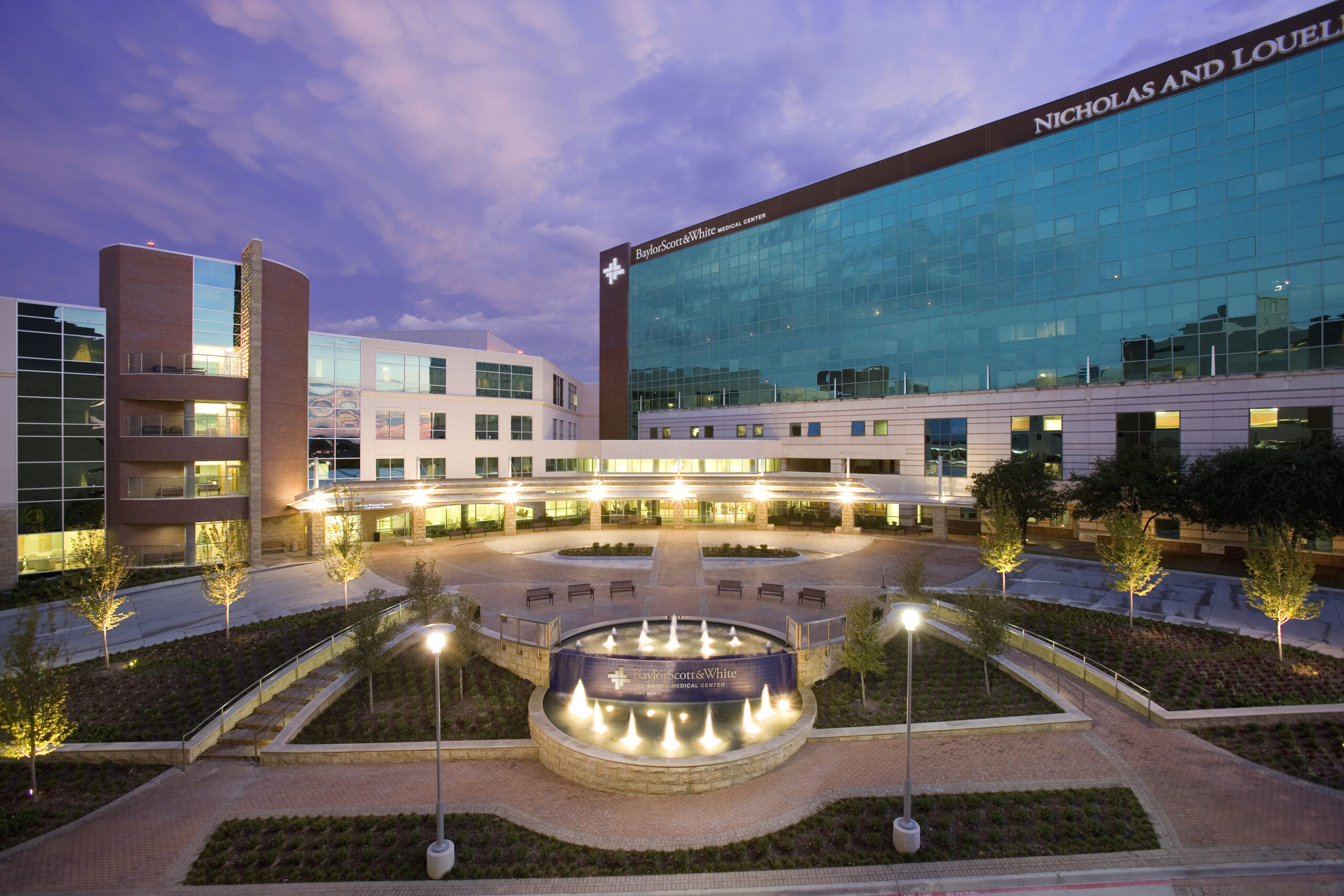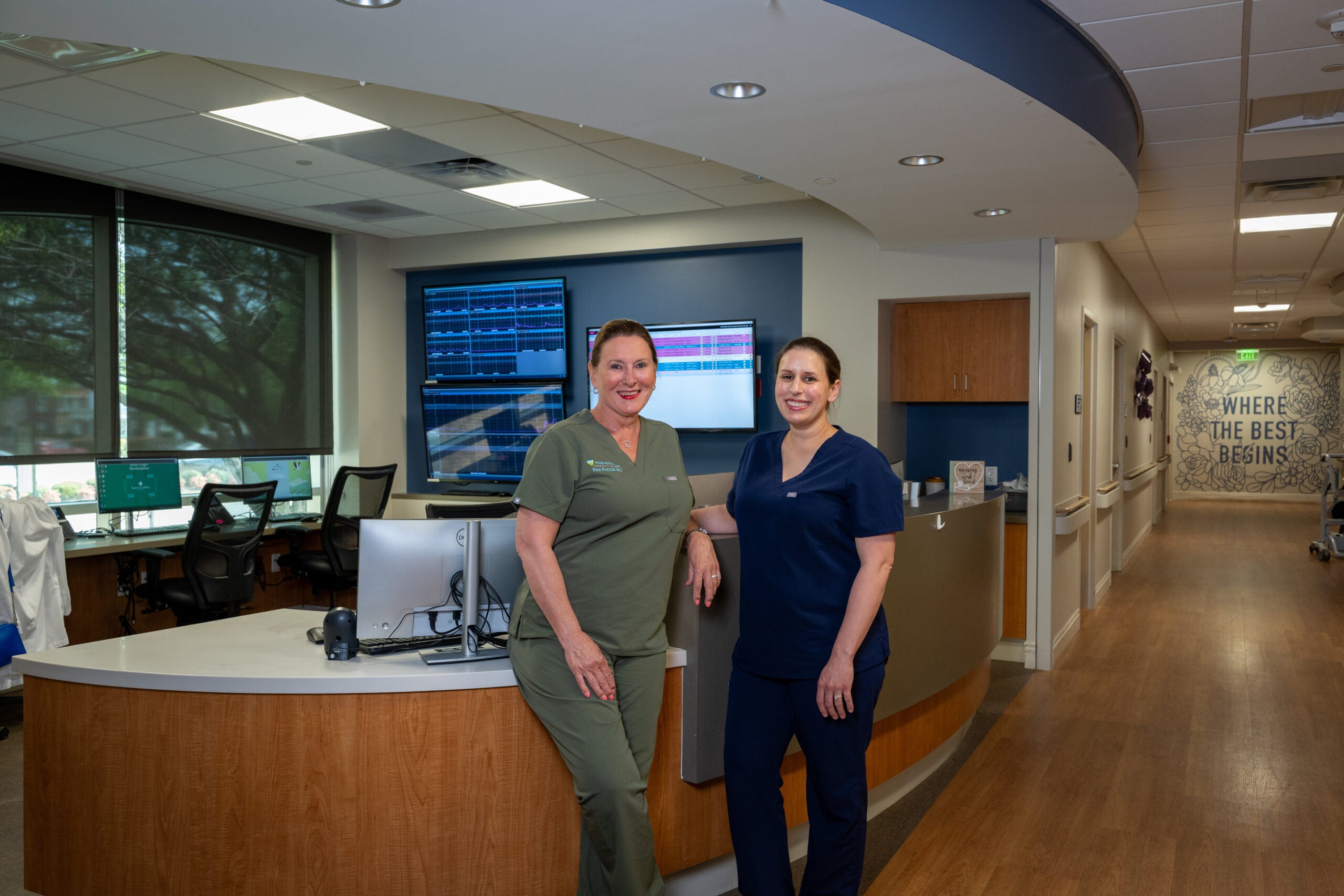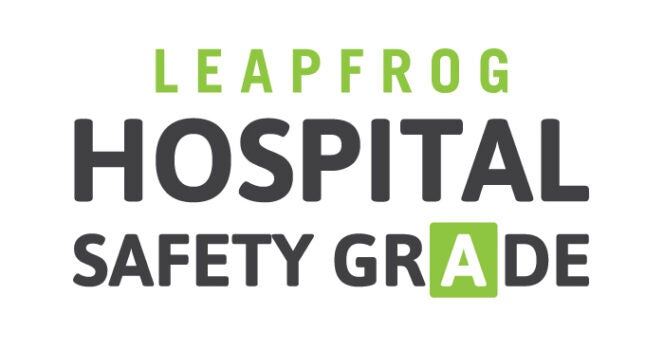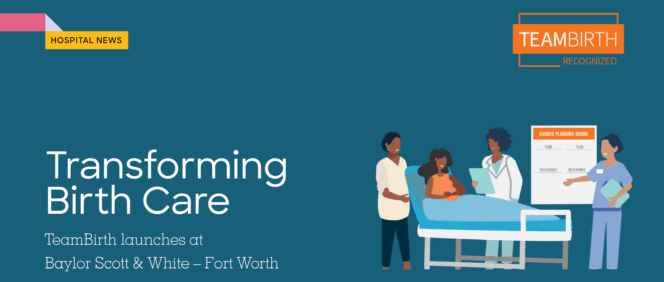What is the significance of offering endoscopic submucosal dissection (ESD) and how does it change treatment options for patients in our community?
With endoscopic submucosal dissection (ESD), we are now able to resect lesions through the GI tract that were previously limited by size, location or malignancy. ESD has expanded our ability to resect large polyps/lesions, premalignant and early stage malignancies of the esophagus, stomach and colon. This procedure offers a non-invasive option that has decreased the need for surgery of benign large lesions and some early cancers.
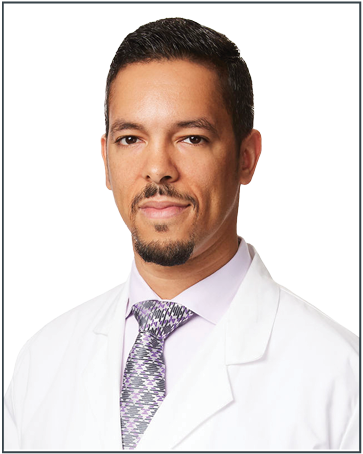
How will the expanded space and improved patient flow in the new Endoscopy Center directly impact the quality of care you’re able to provide?
As a busy outpatient and inpatient provider, most importantly the expanded space will provide additional scheduling opportunities for patients and allow to at least double our current capacity. With expanded scheduling, this will allow patients to have timely endoscopies and decrease their length of stay.
How does the integration of real-time video and remote consultation technology enhance both patient care and medical education?
One of the biggest barriers for patients is access. With the advent of remote video conferencing, patients from rural communities, underserved areas and communities which are far from major metros can now have access to specialists that otherwise would be unavailable.
What excites you most about the upcoming Gastroenterology Fellowship Program?
Giving back and training the next generation of young gastroenterologists is a privilege. I have been blessed to be mentored by some of the best in the business and I would like the opportunity to continue building on that legacy.
